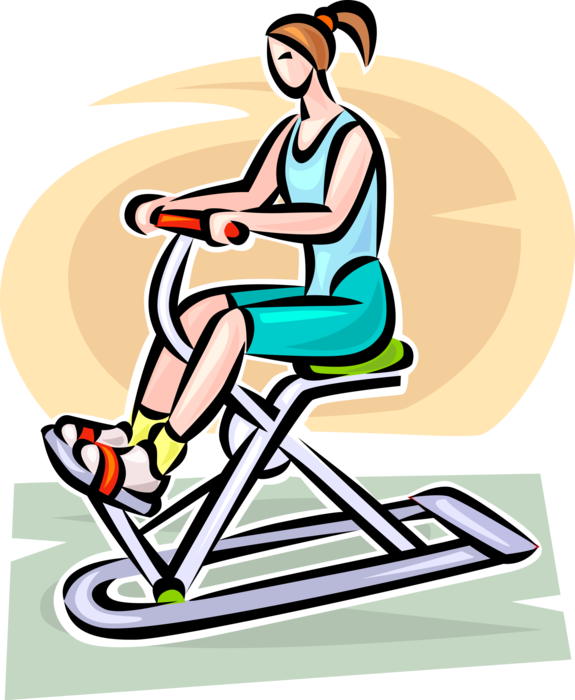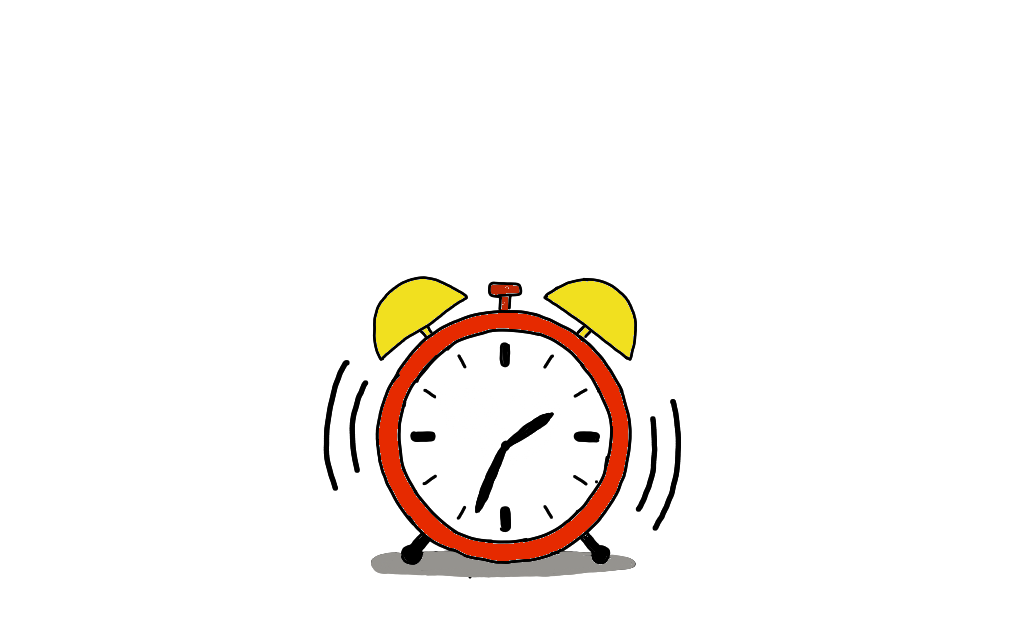It’s the start of the new year, which means – New Year resolutions. And these New Year resolutions often have to do with health and fitness. It starts in the doctor’s office: “Just exercise more.” The prescription sounds easy enough – as if health were simply a result of strengthening one’s willpower. Yet, like most wellness advice today, this “guidance” masquerades as moral superiority to hide the stench of class privilege.
The modern fitness industry has transformed health exercise into an aspirational lifestyle. Today, rather than being able to exercise for self-satisfaction, health and fitness are a social identity, marked by the Stanley Cup and Lululemon leggings. “At least from what I’ve seen on social media, exercise is considered almost like an exclusive kind of club,” senior Anna Mitchum said. Your Peloton isn’t just exercise equipment; it’s a $2,000 symbol of belonging to a particular social class. And your full Athleta workout set shows you have the luxury of time for “self-care.”
It goes as far as the language we use – “investing in your well-being,” “meal prepping on Sunday” – which assumes a level of financial and social capital that many Americans simply don’t have. “Considering that improving health and getting into that mindset will literally extend your lifespan and make you happier and healthier, I think it’s worth as much money as you spend without wasting it on unnecessary stuff,” senior Jinwoo Shin said.
Can’t afford a gym membership? Lack of discipline. No time between your two jobs for that hour of Pilates? Poor time management. Neighborhood too dangerous for evening walks? Probably should have worked harder to live in a safer area.
Furthermore, fitness looks extremely different across class lines. For many, physical activity isn’t a choice but a requirement to survive, from the manual labor of construction, to the physical toll of a 12-hour nursing shift. “Many adults are just trying to get by with balancing a job, a family and getting food on the table. Exercise and healthy eating…are just naturally going to be lower priorities than the basic needs of life,” IB and AP Physics C teacher Charles Goetz III said. Yet for some reason, the perception of barriers to physical activity is often related to leisure time rather than for commuting and other activities. The physical struggle of poverty is ignored, meanwhile, the voluntary exercise of the wealthy is celebrated. “Other cultures do in fact emphasize fitness/mental acuity but in different ways. In many countries, many more people walk/bike to work/school which naturally incorporates exercise into their daily lives,” Mr. Goetz said.
The underlying meaning is clear: health struggles aren’t systemic barriers, they’re personal failures. This message is particularly deceptive because it presents as concern. The doctor wants you to be healthy, while still prescribing boutique fitness classes to someone who can barely afford their medication.
However, even when free or lower-cost exercise options exist, barriers still remain. A park in your neighborhood means nothing if your children have no supervision. YouTube workout videos in the living room are useless without reliable internet. The “just” in “just exercise more” ignores such obstacles which “willpower” cannot overcome. We must create systemic solutions that address this issue:
First, healthcare providers must acknowledge socioeconomic realities through training in social determinants of health (SDOH). SDOH refers to the environmental and economic factors that contribute to health and well-being. Within the healthcare sector, hospitals and private practices must budget for SDOH screening programs and initiatives to manage some of these concerns, rather than leaving it up to the community or local governments.
Second, workplaces must evolve. Companies boasting of wellness programs need to offer practical support through on-site childcare. According to the Society for Human Resource Management, inadequate childcare costs businesses $13 billion a year in productivity loss.
Improving public health cannot be rooted in shaming those who can’t access traditional fitness options. It lies in a society in which physical activity is truly accessible to all – not as a luxury product. Only then can we truthfully claim that health advice is about wellness rather than wealth.
If you would like to voice your opinion on an issue you feel is relevant to our community, please do so here. Anyone is able and welcome to submit a Letter to the Editor, regardless of journalistic experience or writing skills. Submissions may be published either online or in a print issue.








